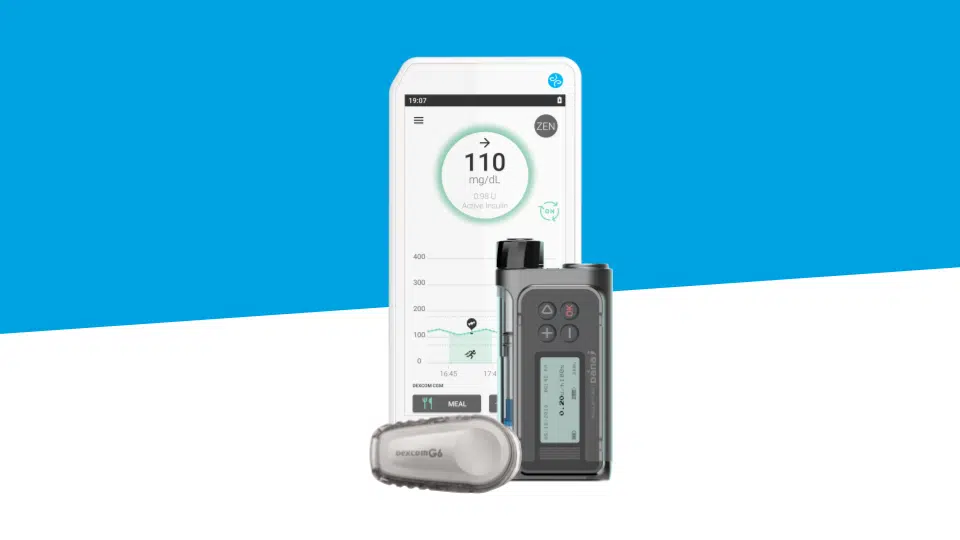
Nutrition and Type 1 diabetes: the 4 key principles
Nutritional knowledge in the area of Type 1 diabetes can sometimes seem pretty complicated. Here are a few essential basic principles.
Nutritional requirements: reference values
Whatever the source of the information, in addition to nutritional requirements, the terms “recommended nutritional intake” or “recommended dietary intake” constantly crop up. These indicate the number of calories that scientists have determined as being necessary to cover the general population’s needs. Calculated on a whole population scale, these figures are reference values only and obviously differ between individuals. In addition, they vary depending on gender, age, amount of physical activity and, quite simply, individual constitution.
Food groups
The first thing you need to learn about nutrition when you have Type 1 diabetes is how to recognize the different food groups. People with diabetes often need to have specific knowledge of the topic.
Foods can be divided into 7 groups depending on the main nutrients they contain:
- fruits and vegetables, which supply vitamins, minerals, fiber and variable amounts of carbohydrates.
- starchy foods, such as cereals, bread or potatoes, which are the main source of energy for cells.
- meat, fish and eggs, which supply protein, iron and vitamin B12
- dairy products, s which contain protein, calcium and variable amounts of fats
- fats such as oil and butter, which are sources of lipids (fats) and vitamins A and E and are the second source of energy after starches
- sugary and processed foods (refined sugar, candy, syrups, etc.), which are not essential to the body. Our ancestors did not consume them at all!. These products supply large amounts of carbohydrates or fats.
Fats
It is very important to look at fats – or lipids – since they have an impact on blood sugar levels. If a meal is high in fat, postprandial (i.e., after eating) glucose levels will rise more slowly and in a more prolonged manner than following a standard meal. It is also necessary to take into account fat content if you are overweight because high-fat foods are particularly calorific and you should therefore limit how much of them you eat. Finally, if you have high cholesterol levels (more specifically, high LDL-c), you will also need to reduce your animal fat intake and, if this is not enough to reach your target level, it might be necessary to consider starting treatment with statins.
Carbohydrates
Carbohydrates, also called “sugars”, are the body’s main source of energy. There are several types of carbohydrates. To understand how they work, it helps to see the carbohydrate as a long chain, which the body cuts up to make energy. This makes it easier to see the difference between simple and complex carbohydrates, with the simple ones having the shortest chains. The terms “fast” and “slow” sugars, used to try to reflect the absorption rates of these sugars, are less and less common nowadays.
For people with Type 1 diabetes, it’s important to be able to quickly assess the amount of carbohydrates expected to be in a meal so that they can calculate the rapid-acting insulin dose to be injected accordingly, the two being directly correlated. So being able to accurately estimate a meal’s carbohydrate content, which is not always easy and requires quite a lot of practice, often ensures good blood sugar control. Knowing a food’s glycemic index, i.e., its capacity to raise blood glucose levels, can be very useful. In practice, it can be easier to make this assessment at the end of a meal, especially if your appetite varies from one day to the next. The short delay between the start and end of a meal is of little importance with today’s fast-acting insulins, and especially the ultra-rapid insulins now available.
Websites and mobile apps like Glucycheck help turn diabetics into experts in the blink of an eye. To understand diabetes you also need to understand what’s on your plate!







